

If you’ve ever seen your dog cower or bark at the sight or sound of a plastic bag, you’re not alone. It may seem odd that something so ordinary can trigger fear or anxiety in dogs. While they’re known for their bravery—protecting their homes or chasing off intruders—a simple plastic bag can show a completely different side of them. But why does this happen? There are several reasons these harmless objects can be so terrifying to our canine friends, and it goes deeper than what meets the eye.
Unpredictable Movement Triggers Fear

One of the main reasons dogs fear plastic bags is because of their unpredictable movement. Plastic bags tend to flutter, float, and dance in the wind, which can be confusing or alarming to dogs. For many canines, something that moves erratically and makes a crinkling noise can be perceived as a potential threat. Dogs, being natural hunters and protectors, rely on their instincts to react quickly to strange movements. A plastic bag swirling unpredictably across the street or rustling loudly in the breeze might trigger a fight-or-flight response, causing them to bark, cower, or hide. It’s not about the bag itself but the chaos it represents.
The Loud and Startling Noise
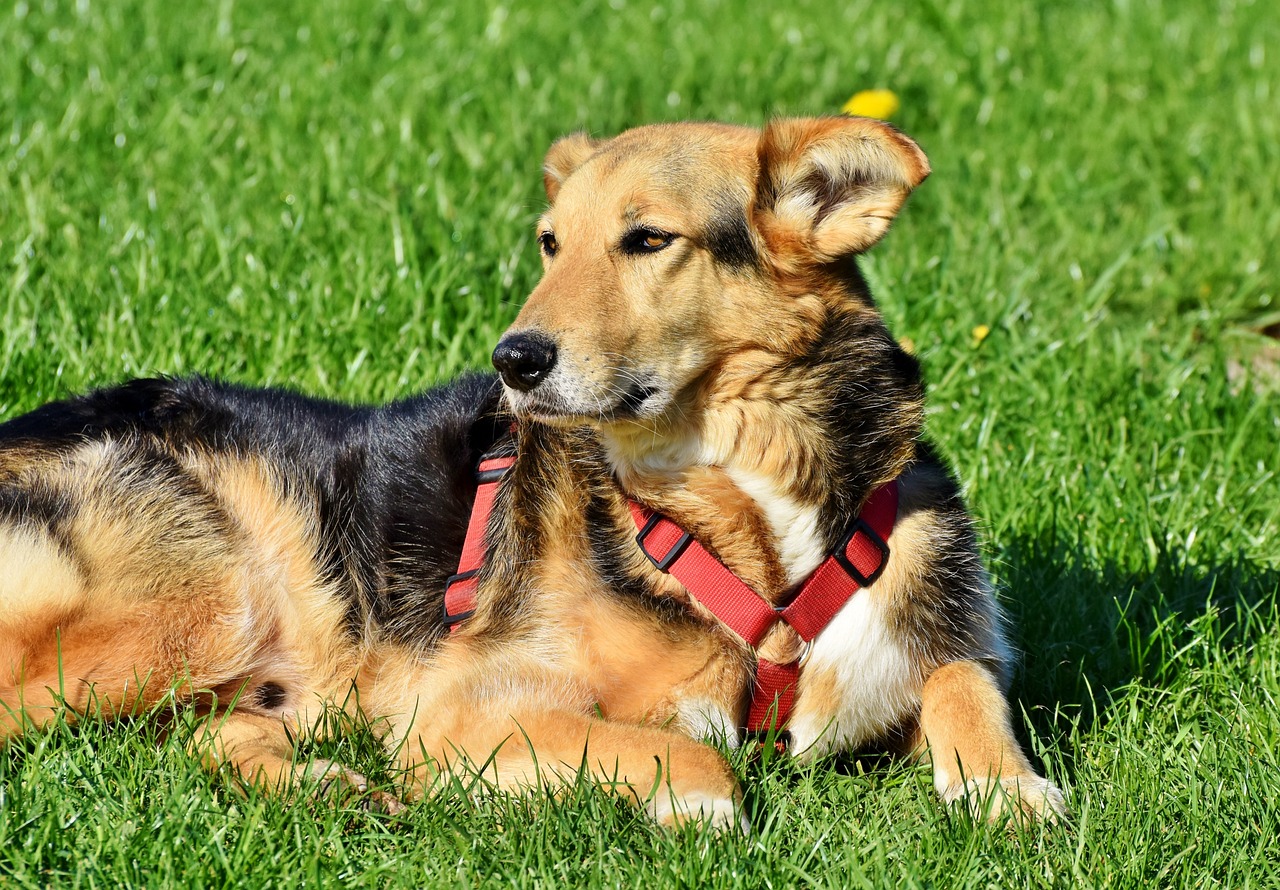
Plastic bags are not exactly known for being silent. The crinkling, rustling, and popping noises they make can be jarring to dogs, especially for those with sensitive hearing. Dogs have an extraordinary sense of hearing, much more acute than ours, and sudden, loud noises can startle or overwhelm them. Imagine being in a quiet room and suddenly hearing the sharp crinkle of a plastic bag—it can be unsettling even for us! For a dog, that unexpected sound can be even more disorienting, making them react with fear or anxiety. Over time, some dogs may develop an aversion to the noise, associating plastic bags with something scary.
Negative Past Experiences

Dogs, like humans, can develop fears based on negative past experiences. If a dog has had a frightening encounter with a plastic bag—perhaps one blew into their face or startled them when they were a puppy—they may carry that fear with them into adulthood. Dogs have excellent memories when it comes to traumatic events, and even a single bad experience can create a lasting phobia. In some cases, dogs that have been through other stressful or traumatic situations may be more prone to developing fears, including an exaggerated response to plastic bags. It’s all about how their past experiences shape their perception of the world.
Sensory Overload in Certain Environments
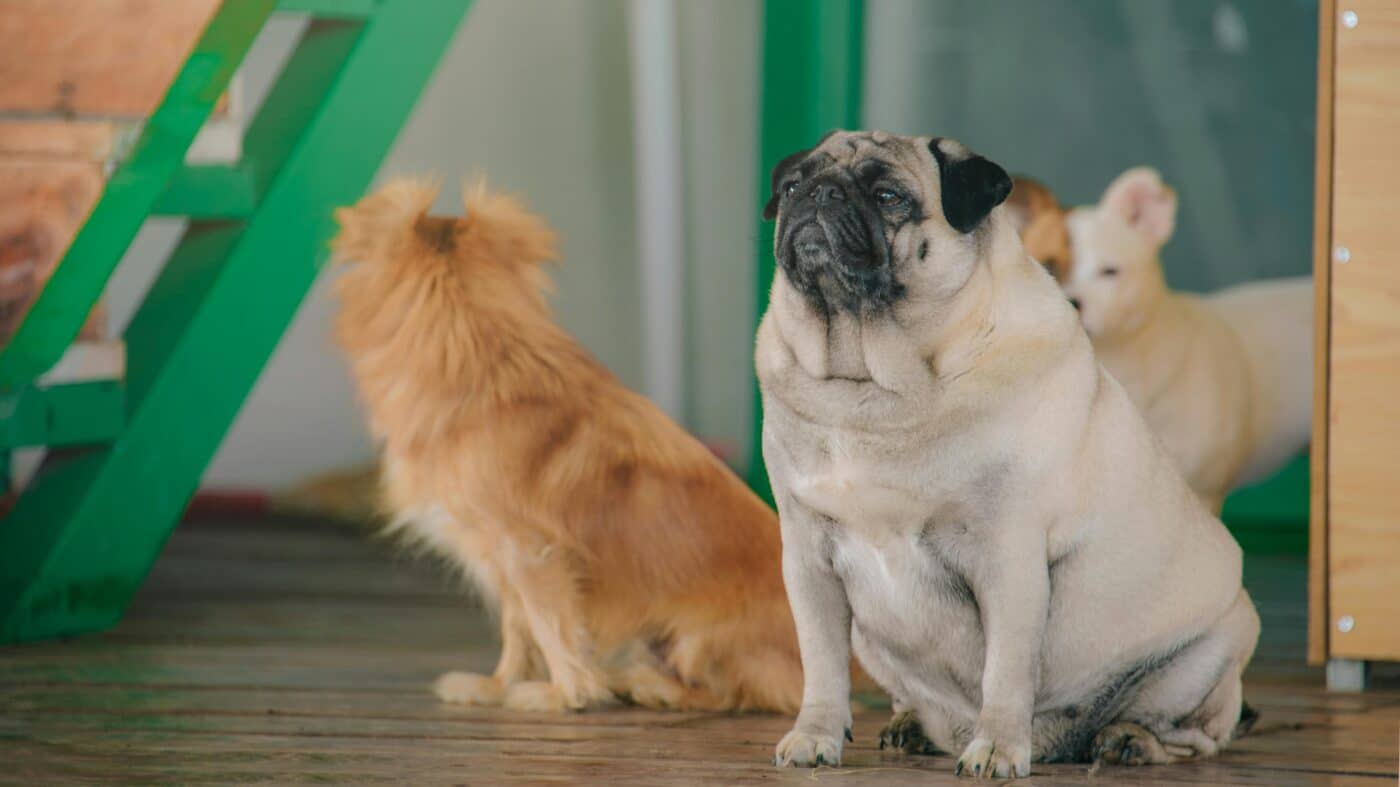
Dogs can experience sensory overload in environments filled with different sounds, sights, and smells. A plastic bag fluttering in the wind is not just a visual or auditory stimulus but can also add to the overall chaos of an already overwhelming environment. For example, a busy park with children playing, cars honking, and other dogs barking can be an assault on a dog’s senses. Add a plastic bag rustling across the ground, and it might be the final straw that triggers a fearful reaction. Sensory overload can make it difficult for dogs to process everything around them, heightening their fear response to something seemingly insignificant.
A Case of Canine Curiosity Gone Wrong

Dogs are naturally curious animals, and they often investigate things that pique their interest. However, curiosity can quickly turn to fear if something unexpected happens during their exploration. A dog that sniffs a plastic bag only to have it make a loud crinkling noise or move suddenly might be frightened by the surprise. The fear is reinforced if the dog then backs away or runs, solidifying the idea that plastic bags are something to be wary of. This type of fear can be exacerbated if a dog is more sensitive or skittish by nature, making it hard to shake off their apprehension.
The Role of Genetics and Personality
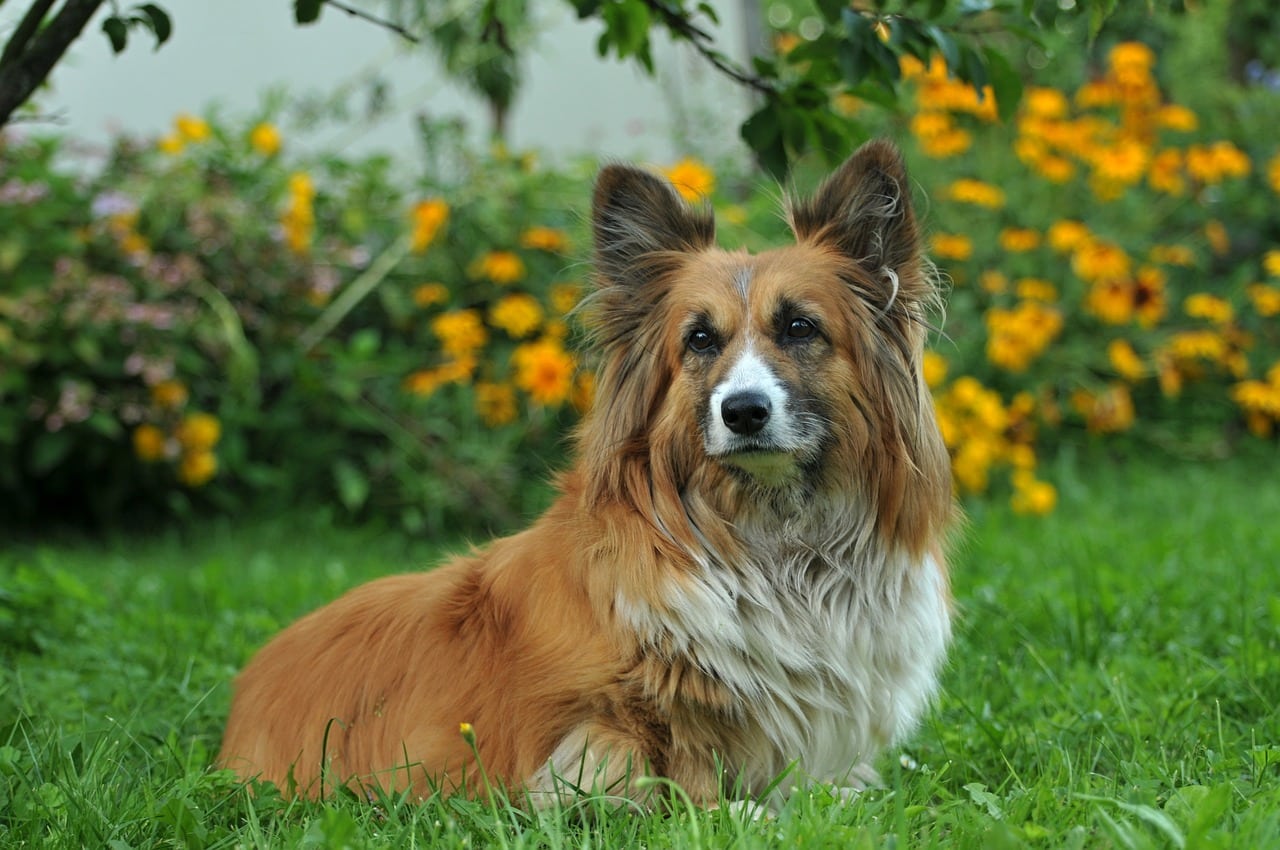
Just like people, dogs have different personalities. Some dogs are naturally more cautious or fearful than others, and this can be influenced by genetics. Certain breeds are more prone to anxiety, making them more likely to develop fears of unusual or unexpected things like plastic bags. Dogs that are naturally more confident or adventurous may not bat an eye at a fluttering bag, while a more sensitive dog might see it as a serious threat. Understanding a dog’s unique personality and genetic predisposition can help explain why some dogs react so strongly to seemingly harmless objects.
Lack of Early Socialization
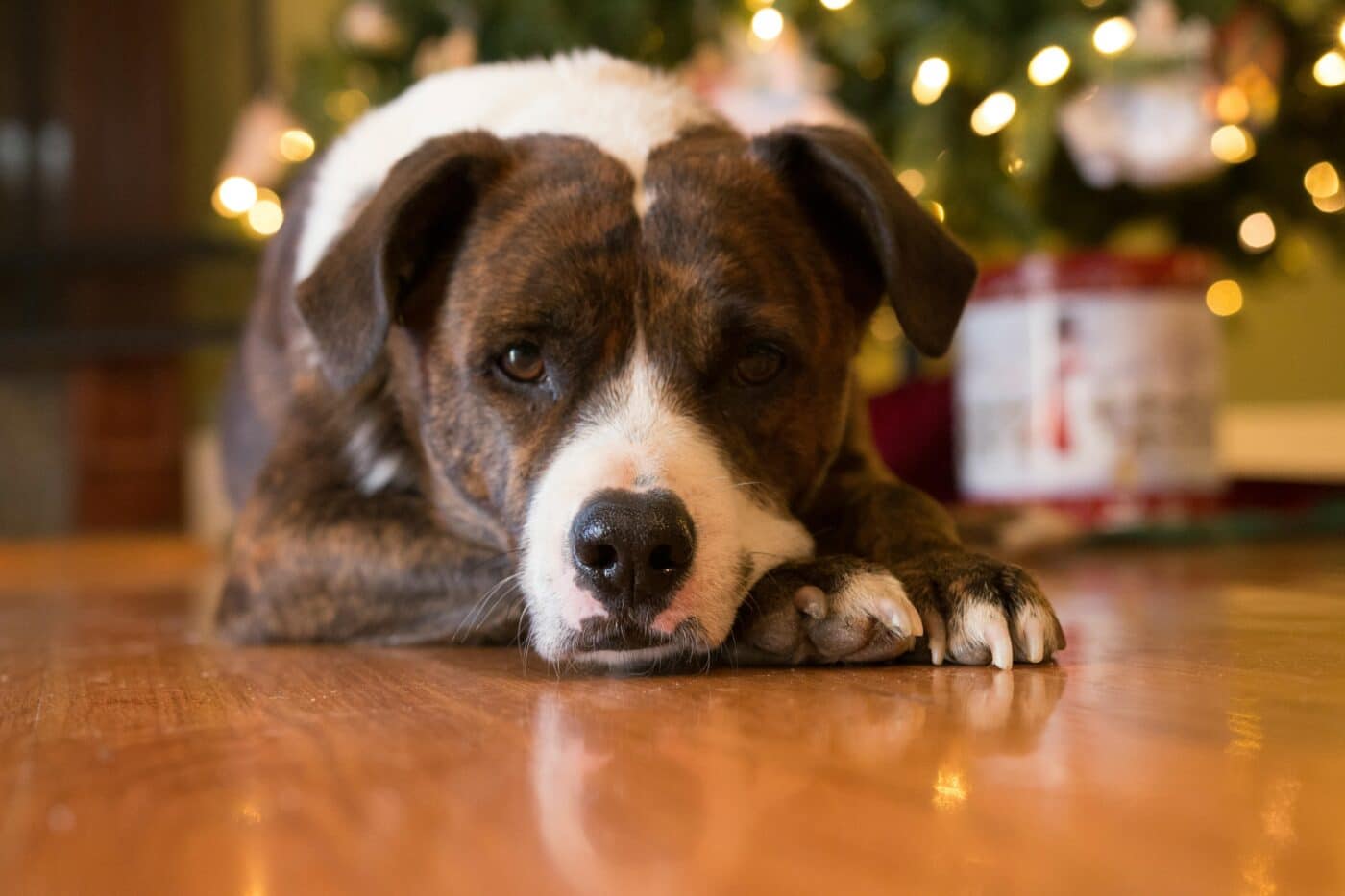
A dog’s experiences during their critical socialization period, usually between 3 and 14 weeks of age, play a huge role in shaping their reactions to the world. Dogs that were not exposed to a variety of sights, sounds, and objects, including plastic bags, during this time, may grow up to be fearful or anxious in unfamiliar situations. If a puppy wasn’t introduced to plastic bags or other similar objects in a positive, non-threatening way, they might develop a fear of them later in life. Proper socialization helps dogs become well-adjusted and less likely to react fearfully to new or unusual stimuli.
Protective Instincts Kick In

Some dogs see plastic bags as potential threats to their territory or loved ones. A plastic bag drifting into their yard or approaching their human can trigger a protective response. Dogs are territorial creatures, and when something unfamiliar and unpredictable enters their space, they may feel the need to defend against it. This reaction is particularly common in dogs that are naturally more protective or guard-oriented. To them, a plastic bag isn’t just a piece of litter—it’s an intruder that must be barked at or chased away. While this behavior can be amusing, it’s rooted in a genuine desire to keep their family safe.
Fear of the Unknown
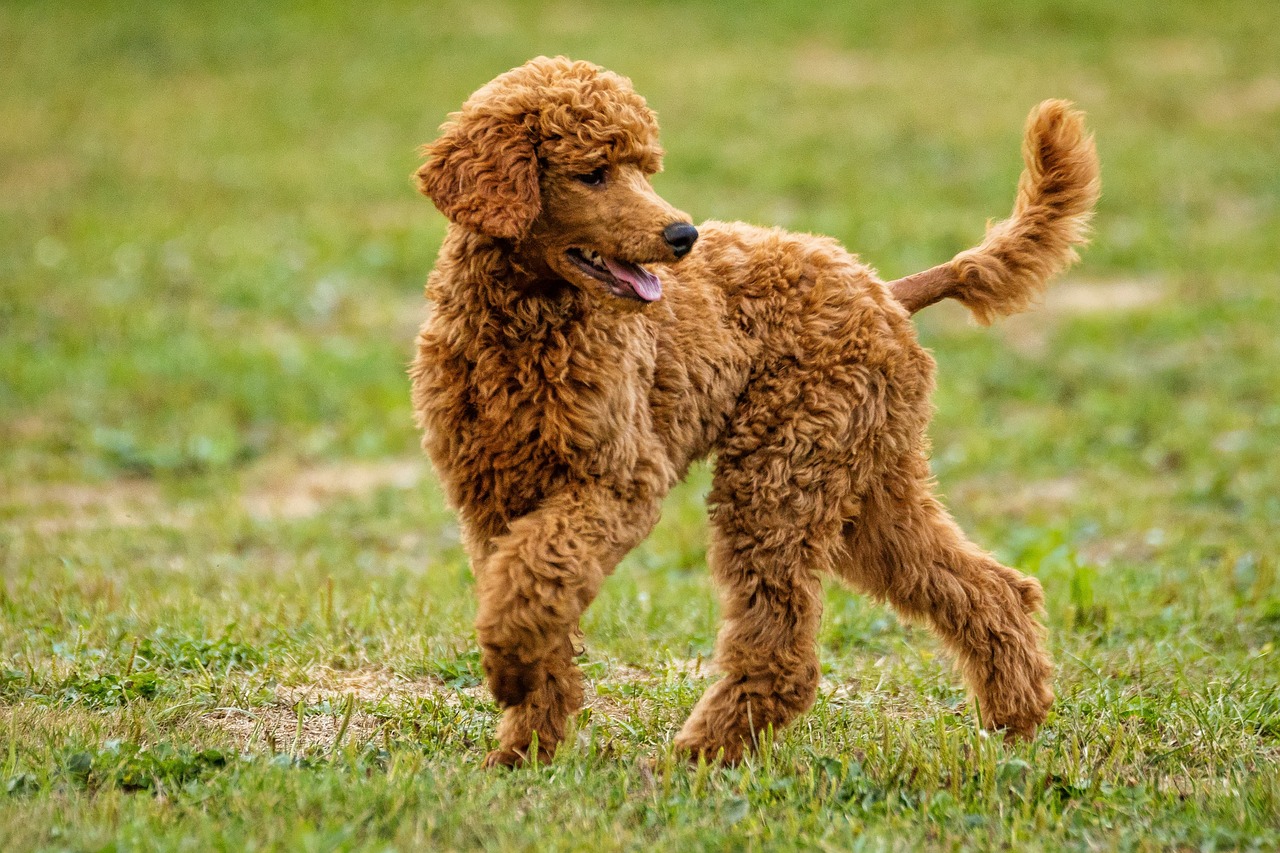
At the core of many dog fears is a fear of the unknown, and plastic bags are no exception. Dogs thrive on routine and familiarity, and objects that they don’t understand or recognize can be unsettling. A plastic bag that appears out of nowhere, makes strange noises, or moves unpredictably can be a source of confusion and fear. This reaction is more common in dogs that haven’t had many experiences with new or unusual objects. To a dog that has never encountered a plastic bag before, it might as well be a ghostly invader. Their fear is simply a natural response to something they don’t understand.
Human Reactions Can Reinforce Fear
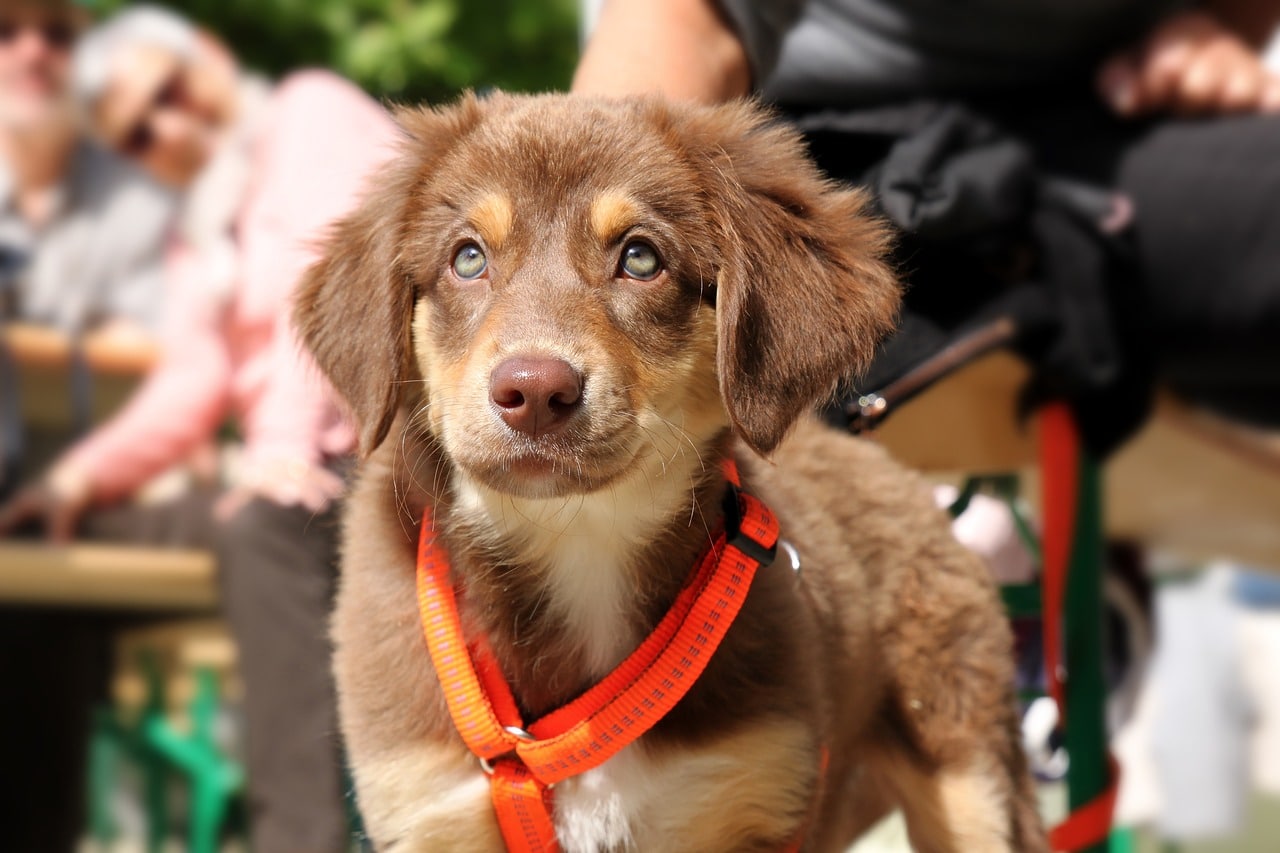
Dogs are masters at picking up on human emotions and reactions. If an owner reacts with fear, frustration, or even laughter when a dog is startled by a plastic bag, the dog might feel that their fear is justified. Our behavior can unintentionally reinforce a dog’s fear, making them more likely to be scared in the future. For example, if we rush to comfort a dog that’s cowering from a plastic bag, we may be teaching them that their fear is warranted. On the other hand, remaining calm and showing them that there’s nothing to worry about can help ease their anxiety over time.
The Wrinkly Truth About Plastic Bag Fears
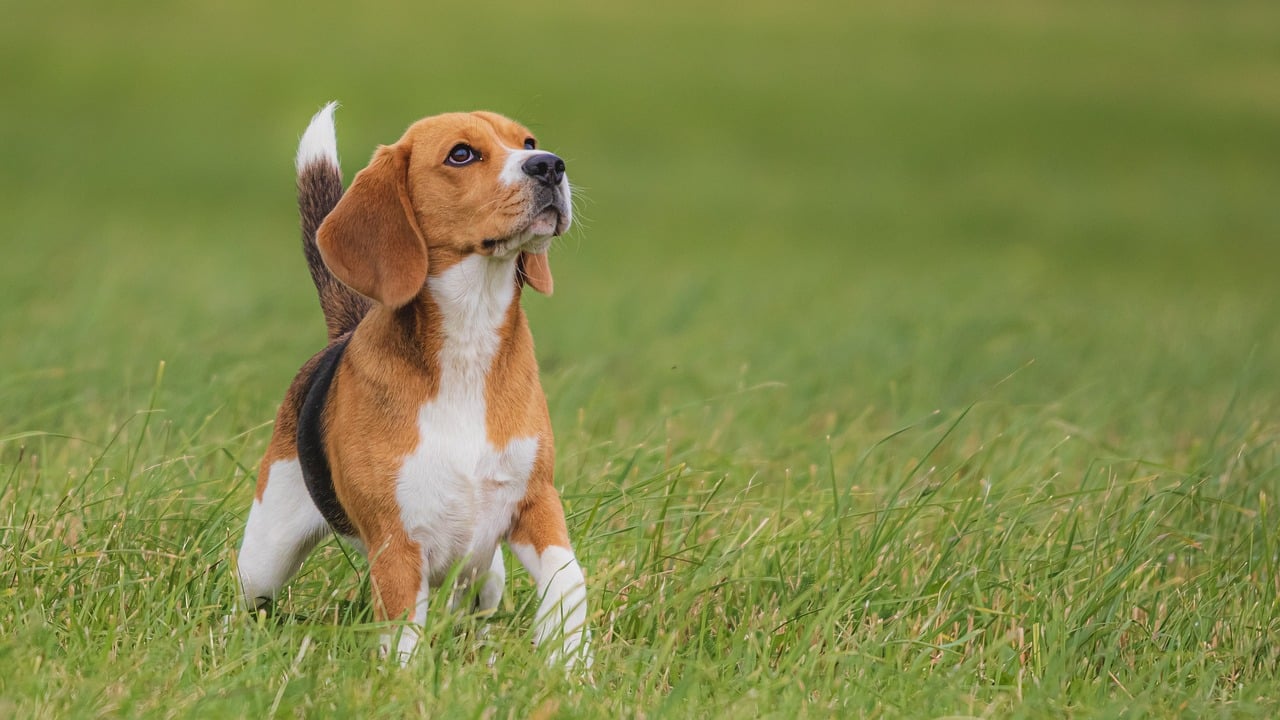
When it comes to dogs and their fear of plastic bags, understanding and patience are key. From unpredictable movements to sensory overload and past traumas, there are several reasons why a simple plastic bag can be so frightening. While some dogs may always be wary of these crinkly, fluttery foes, many can learn to relax with time, positive exposure, and plenty of reassurance. Remember, a dog’s fears are valid, even if they seem silly to us. Supporting them through their anxieties helps build trust and confidence in our furry friends.
The post The Truth About Why Some Dogs Are Scared of Plastic Bags appeared first on iHeartDogs.com.
